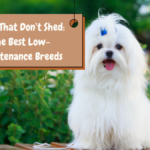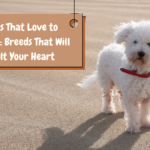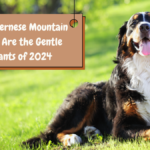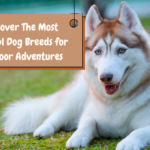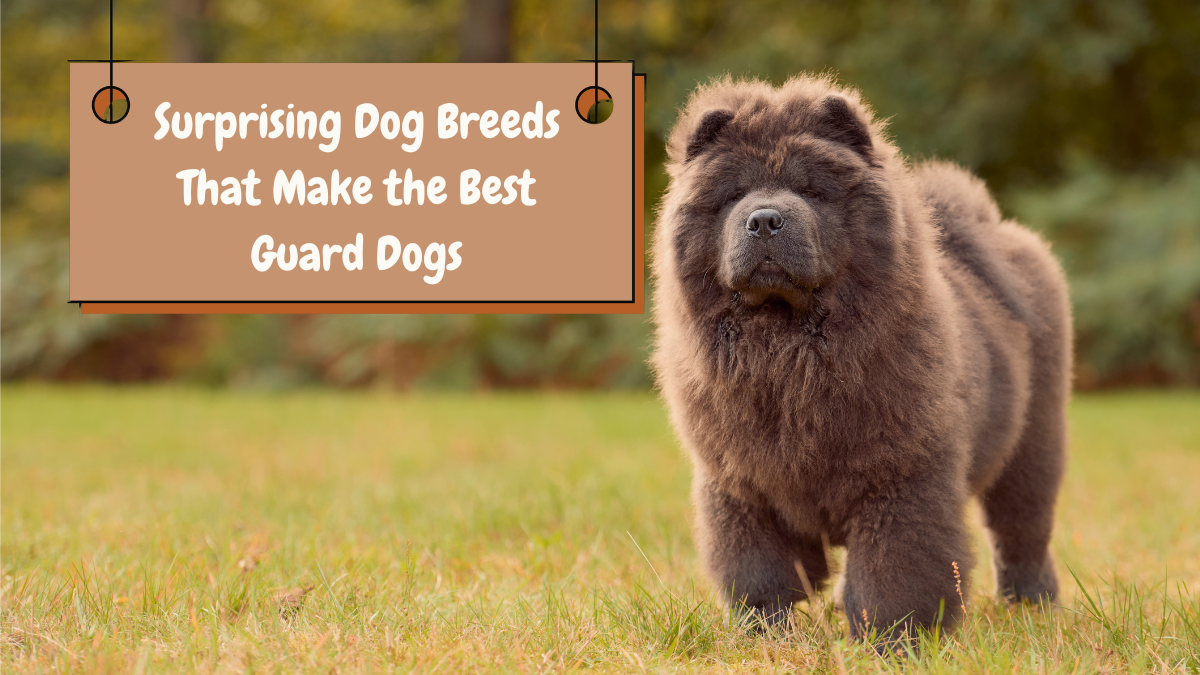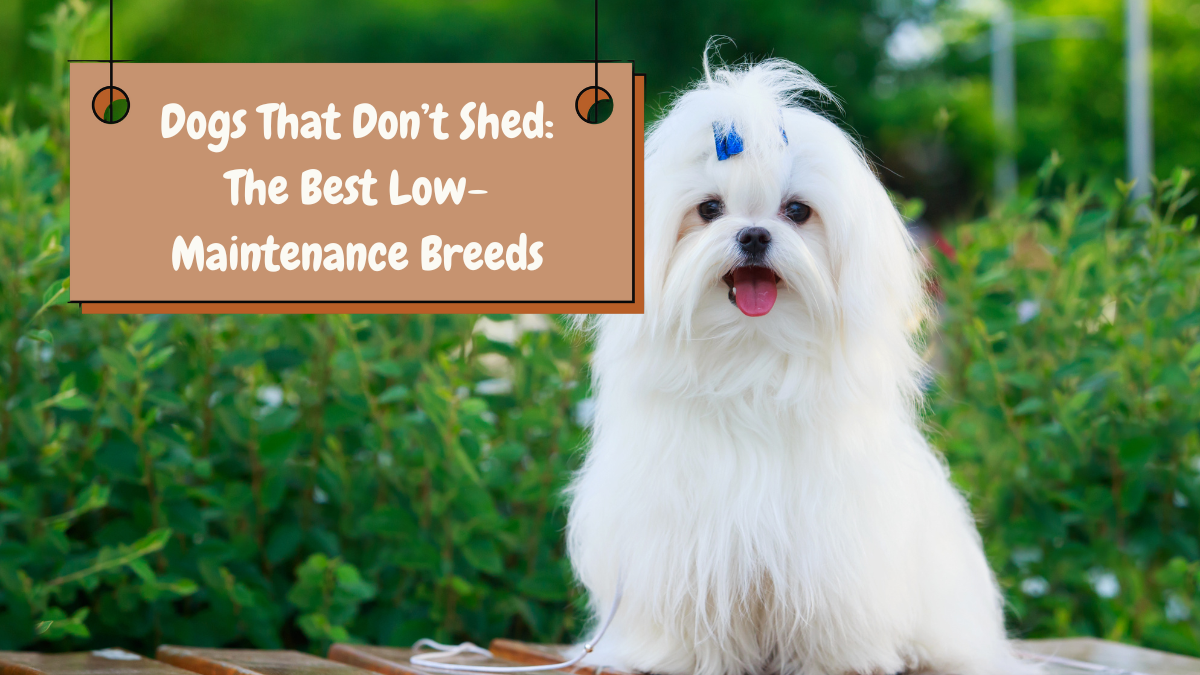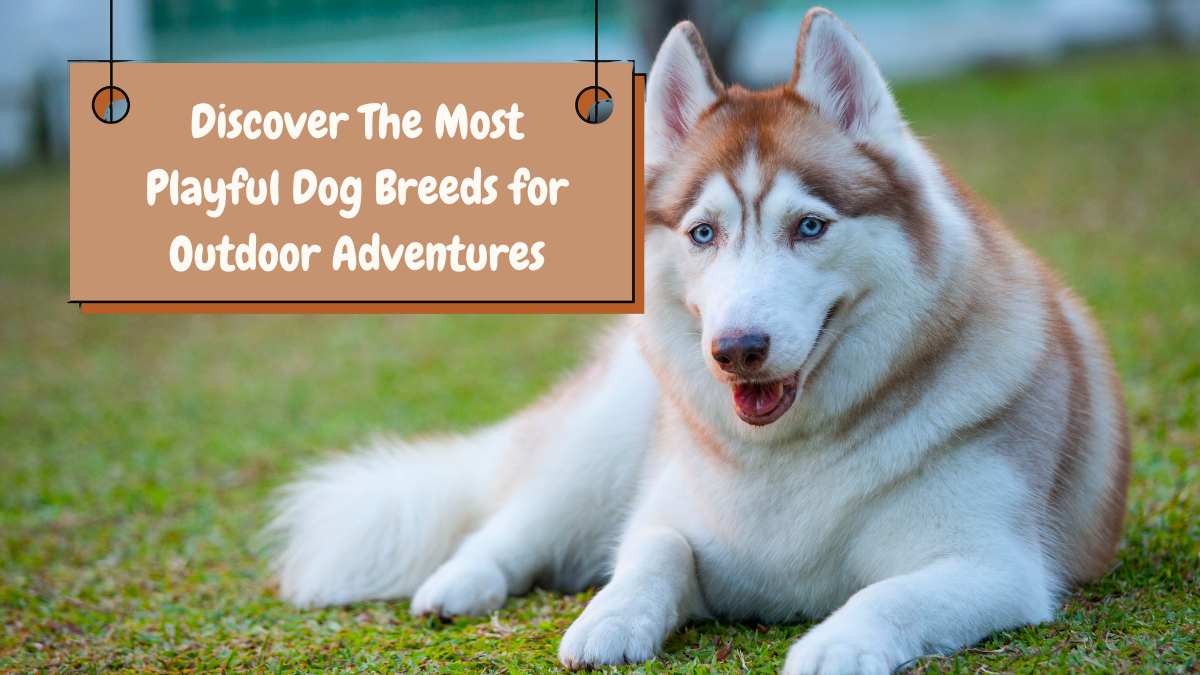When you think of guard dogs, breeds like German Shepherds, Rottweilers, or Dobermans might instantly come to mind. However, there are several less-known breeds that are equally effective at providing protection and ensuring safety.
These surprising guard dogs might not look intimidating at first glance, but their instinct, loyalty, and bravery make them excellent at guarding homes, families, and property. In this article, we’ll explore some unexpected breeds that excel as guard dogs, highlighting their unique attributes, behaviors, and why they’re worth considering for protection.
Surprising Dog Breeds That Make the Best Guard Dogs
1. Standard Poodle
Despite their reputation as pampered show dogs, Standard Poodles are actually very protective and intelligent. Originally bred as hunting dogs, Poodles are highly trainable and quick to learn commands. They are incredibly loyal to their families and often have a strong sense of territory, which makes them excellent guard dogs. Poodles are also alert and will bark at intruders or unfamiliar sounds.
2. Chow Chow
While Chow Chows are known for their fluffy coats and unique lion-like appearance, they are also very protective. Originating in China, they were once used as guard dogs for temples.
Chow Chows are naturally aloof towards strangers and tend to be highly loyal and territorial, making them excellent at guarding their home. However, they require proper training to ensure they distinguish between friends and potential threats.
3. Bullmastiff
Bullmastiffs were bred as estate guardians, and their combination of size, strength, and loyalty makes them ideal guard dogs. These gentle giants are calm and composed, but if they sense a threat, they spring into action with surprising agility.
They are known for their ability to quietly pin down intruders rather than barking excessively, which can be advantageous in specific situations.
4. Cane Corso
The Cane Corso is a lesser-known guard dog breed that was used in ancient Rome for protection and hunting. They are incredibly loyal to their families and are naturally suspicious of strangers. Cane Corsos are strong, confident, and vigilant, making them excellent at guarding homes and property. Their imposing appearance alone is often enough to deter intruders.
5. Akita Inu
Akitas are known for their unwavering loyalty, and they have a natural inclination to protect their family. Originally bred in Japan for guarding royalty and hunting, Akitas are very territorial and will act aggressively towards any perceived threat.
While they may be aloof with strangers, they are affectionate and loving with their family members. Akitas require socialization and training to ensure they behave appropriately in all situations.
6. Great Dane
While Great Danes are often considered gentle giants, they also possess strong guarding instincts. Their sheer size can be intimidating to potential intruders, and they are protective of their families. Despite their gentle nature, Great Danes can act decisively when they sense danger. Their deep bark alone can deter would-be threats.
7. Australian Shepherd
Although not typically seen as a traditional guard dog, the Australian Shepherd excels at protection, particularly in farm or rural settings. Bred to herd and guard livestock, they are naturally alert and protective.
Australian Shepherds are highly intelligent and can quickly learn commands, which makes them excellent at protecting property and alerting their owners to potential dangers.
8. Tibetan Mastiff
The Tibetan Mastiff is one of the most ancient guard dog breeds and was used to protect monasteries and livestock in the Himalayas. They are naturally suspicious of strangers and incredibly loyal to their families. Tibetan Mastiffs are independent and fearless, making them one of the best breeds for guarding large properties or homes.
9. Shar-Pei
The Shar-Pei is known for its distinctive wrinkled appearance, but it also has a strong protective instinct. This breed is naturally wary of strangers and will act defensively if they feel their family or home is threatened. Although they are not very large, Shar-Peis are courageous and will not hesitate to guard their territory.
10. Belgian Malinois
The Belgian Malinois is often used in military and police work due to its intelligence, agility, and strong protective instincts. This breed is extremely loyal and works best when given a job to do. Belgian Malinois can make exceptional guard dogs, but they require consistent training and plenty of physical activity to keep them happy and healthy.
Surprising Guard Dog Breeds
| Breed Name | Personality | Guarding Ability | Size | Activity Level |
|---|---|---|---|---|
| Standard Poodle | Intelligent, Protective | Excellent | Large | High |
| Chow Chow | Aloof, Loyal | Great for guarding homes | Medium | Moderate |
| Bullmastiff | Brave, Gentle | Excellent for quiet guarding | Large | Moderate |
| Cane Corso | Confident, Strong | Excellent at property guarding | Large | Moderate |
| Akita Inu | Loyal, Protective | Excellent for family protection | Large | Moderate |
| Great Dane | Gentle, Watchful | Great due to size | Giant | Moderate |
| Australian Shepherd | Intelligent, Active | Good for guarding rural areas | Medium | High |
| Tibetan Mastiff | Fearless, Independent | Excellent at large property guarding | Giant | Moderate |
| Shar-Pei | Courageous, Wary of strangers | Good for small property guarding | Medium | Moderate |
| Belgian Malinois | Agile, Intelligent | Excellent for professional work | Medium | High |
Conclusion
While traditional guard dog breeds like German Shepherds and Rottweilers often take the spotlight, there are many surprising breeds that can offer exceptional protection. From the intelligent Standard Poodle to the massive Tibetan Mastiff, these breeds provide not only companionship but also peace of mind.
Each breed has its unique characteristics, but with proper training, any of these dogs can serve as loyal protectors. Whether you’re looking for a guard dog for a large property or simply a loyal companion to keep an eye on your home, these breeds are excellent choices.

